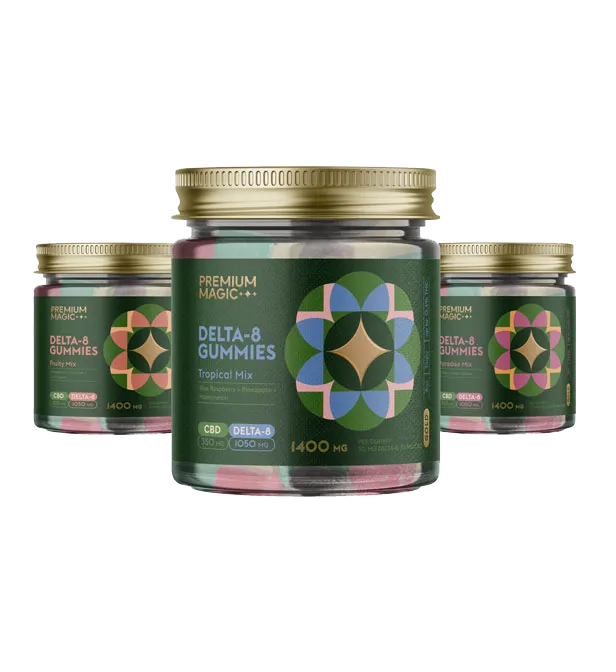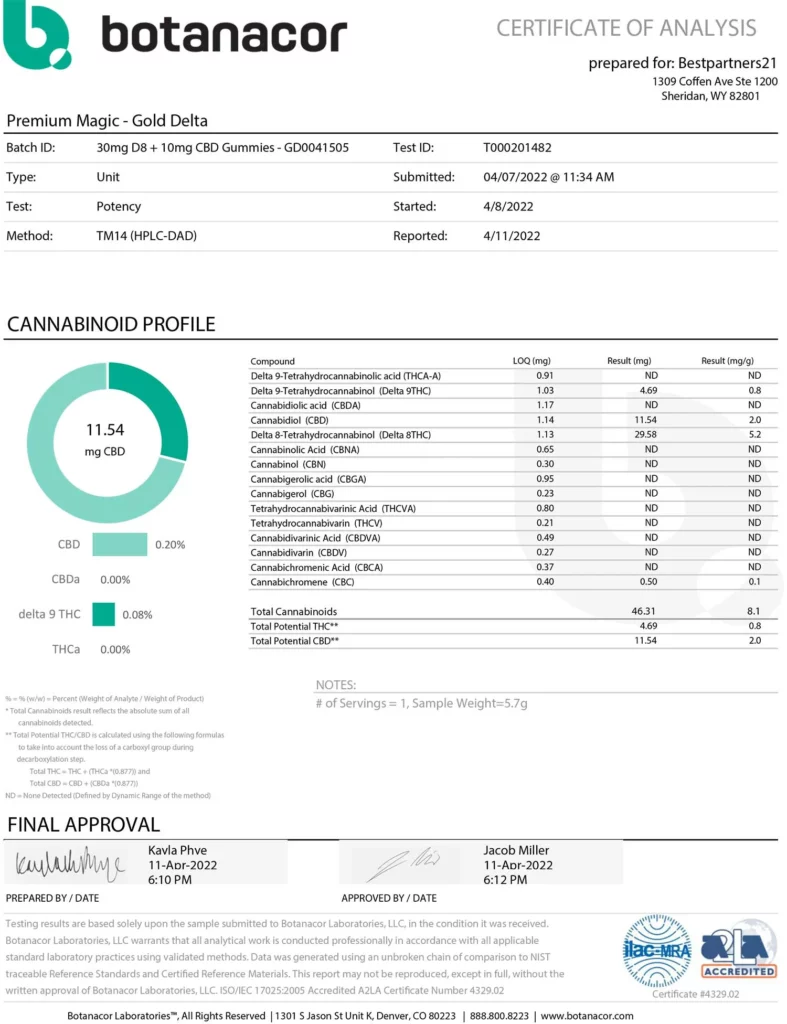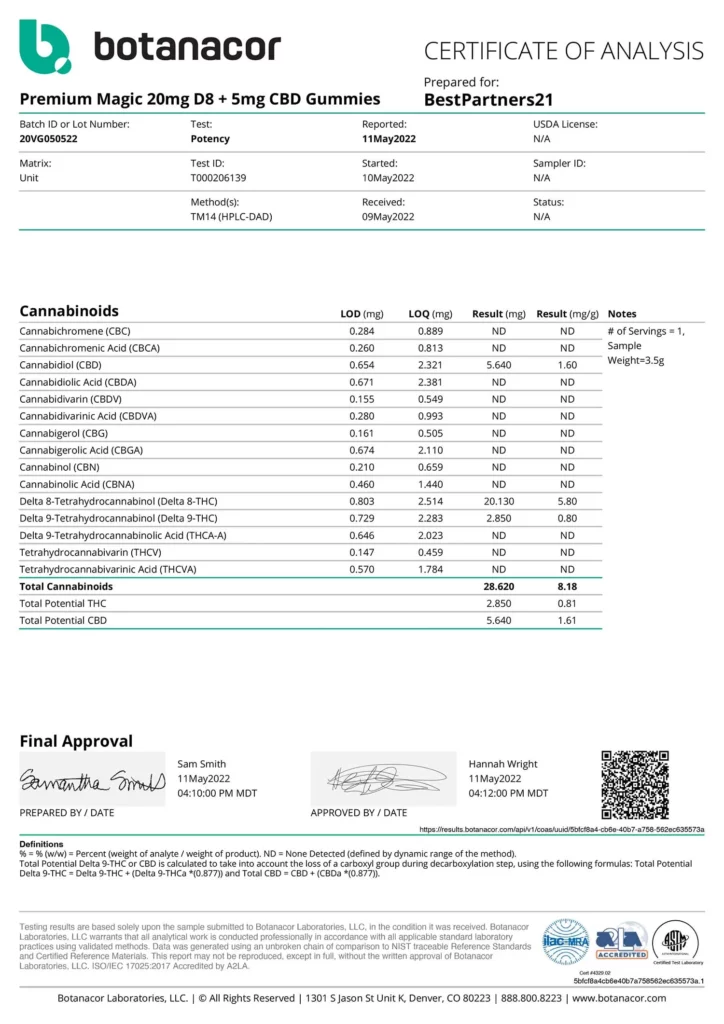
Children’s Nutrition: Setting the Foundation for Lifelong Health

Good food choices set kids up for a strong body and a sharp mind. It’s more than just eating veggies. It’s about habits that last a lifetime.
In this article, you’ll learn all about children’s nutrition the right way. You’ll get tips on what nutrients are key for growing bodies. Plus, you’ll find out how to help your kids love good food.
From what makes a balanced plate to why water is a must-have, this guide covers it. You’ll also learn how to deal with fussy eaters and make healthy snacks that your kids will actually want to eat.
Think of this as your go-to guide for feeding your kids. It’s packed with advice that’s easy to follow. So, let’s make sure your little ones get the best start in life, one bite at a time.
Basics of Children’s Nutrition
Good children’s nutrition is like a building block for your child’s future. But what exactly does your child need to eat to grow up healthy and strong? Let’s break it down into simple parts: the big nutrients, the tiny helpers, and the power of water.
Macronutrients: What Kids Need
Macronutrients are the big three: carbs, proteins, and fats.
- Carbs give your child energy. Think of them as fuel for all the playing, learning, and growing they do. Whole grains, fruits, and veggies are great carb choices.
- Proteins help build muscles and repair the body. Foods like meat, beans, and nuts are packed with protein.
- Fats are vital for brain health and energy. But go for the good kinds found in fish, nuts, and avocados.
You don’t need to count every gram. Just make sure your child’s plate has a mix of these at every meal.
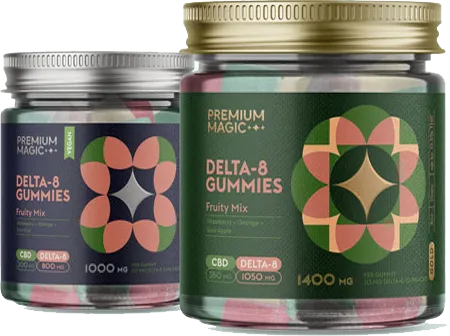
Gold + Silver Combo Fruity Mix
Original price was: $154.98.$68.99Current price is: $68.99.
Or Subscribe and Save 30%
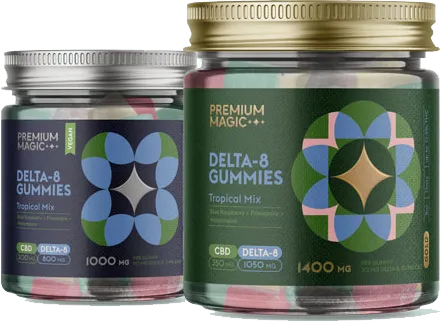
Gold + Silver Combo Tropical Mix
Original price was: $154.98.$67.99Current price is: $67.99.
Or Subscribe and Save 30%
Micronutrients: Vitamins and Minerals
Micronutrients are the tiny helpers in your children’s nutrition. They fight off sickness and help the body work right. Here’s a quick view:
- Vitamins like A, C, and D, and B-vitamins are key for vision, skin health, and energy.
- Minerals such as calcium and iron build strong bones and carry oxygen to the body.
You’ll find these in colorful fruits and veggies, dairy products, and lean meats. A little bit goes a long way, so serve a rainbow of foods to keep things fun and healthy.
Keeping your kids hydrated
Water might be clear, but its benefits are anything but invisible. It’s essential for every part of the body to function. Plus, it keeps the skin healthy and helps with digestion. Kids often forget to drink water, so keep it within reach. Try adding slices of fruit to make it more exciting.
Remember, milk and juice count too, but water is the best for thirst. Make it a habit to offer water throughout the day, not just at meal times.
Building Healthy Eating Habits
Eating right is a big part of staying healthy, and it’s never too early to start with good habits. When you help your children’s nutrition learn to enjoy healthy food, you’re giving them a tool that will help them stay well their whole life. Here’s how you can do that, starting with family meals and moving on to smart food choices.
Family Meals: Eating Together
Did you know that eating together as a family can help everyone eat better? When you sit down together, it’s about more than just food. It’s a chance to connect and share your day. It also lets you show your kids how to make good food choices. Serve a variety of foods, and don’t forget to pass the veggies!
- Try making mealtime a regular thing where everyone can relax and enjoy the food.
- Keep distractions away from the table, like TVs and phones, so everyone can talk and eat without rush.
Encouraging Variety and Balance
Your children’s nutrition plate should be colorful, with all sorts of foods on it. This isn’t just to make it look nice. Different colors often mean different nutrients.
- Red apples and green spinach are not just tasty; they have vitamins that help your child stay strong and healthy.
- Grains like rice or pasta give energy for playing and learning.
- Milk and cheese are great for bones because they have calcium.
Balance out meats with plenty of fruits, vegetables, and grains so your child gets what they need without too much of any one thing.
Understanding and Managing Cravings
Kids, just like adults, get cravings for sweets and snacks. It’s okay to have these things once in a while, but too much can lead to bad habits.
- Keep healthy snacks around, like carrot sticks or apple slices, for when the munchies strike.
- If your child wants something sweet, try fruit or yogurt instead of reaching for candy.
Help your child listen to what their body needs. Sometimes they might eat just because they’re bored or because they see others eating. Teach them to ask themselves if they’re really hungry before they reach for a snack.
Challenges in Children’s Nutrition
Making sure your kids get the right nutrients every day can be tricky. They might be picky, love junk food, or see ads for food that isn’t good for them. Here’s how you can tackle these common challenges and keep your kids on track for healthy eating.
Common Nutritional Deficiencies
Sometimes, even with the best efforts, kids don’t get enough of certain nutrients. Iron, calcium, and vitamin D are common ones that kids might not get enough of. Iron is in meats and some beans, calcium is in dairy products and leafy greens, and vitamin D comes from the sun and fortified foods like milk and cereal. If you’re worried, your doctor can check if your kids are getting what they need or suggest a vitamin.
Overcoming Picky Eating
Picky eating is normal for kids, but it can make mealtime tough. Try these tips:
- Let your kids help pick and prepare meals. They’re more likely to eat something they’ve made.
- Slowly introduce new foods with ones they already like.
- Don’t make a fuss over refused foods. Keep offering them without pressure.
Dealing with Junk Food and Advertising
Junk food is everywhere, and ads can make it harder for your kids to say no. To help:
- Explain to your kids how ads work and talk about making smart eating choices.
- Keep healthy foods in sight and within easy reach at home.
- Set a good example by choosing healthy snacks for yourself.
CBD and Children’s Nutrition
You might have heard about CBD or Delta 8 in the news, but what are they really, and what do they have to do with your children’s nutrition? Let’s take a look at these substances and understand their role in a children’s nutrition.
CBD, which stands for cannabidiol, comes from the hemp plant. It’s used in oils, gummies, and creams. Delta 8 is similar to CBD but has a different chemical makeup and is less potent. Neither of them make you feel ‘high’ like some other parts of the cannabis plant.
It’s important to know that while CBD is legal in many places, Delta 8 might not be. Laws can be complex, and they change often. When it comes to kids, you have to be extra careful. Always talk to a doctor before giving your child CBD or Delta 8 because their safety and health come first.
Potential Uses and Current Research
One area researchers are looking into is how CBD might help with appetite. Some studies suggest CBD could help when a child doesn’t feel like eating because of illness or stress. But remember, this research is still new, and more work is needed to understand it fully.
- Research on CBD for appetite looks at how it might make eating feel more appealing.
- No one knows for sure yet, and doctors are careful about recommending it.
Meal Planning and Preparation
Planning your children’s nutrition meals can be a fun and easy task. Here’s how you can make sure they have yummy and healthy meals throughout the week.
- Think Ahead: Write down meal ideas for the week. Use a simple chart to keep track.
- Get Variety: Plan for different colors and types of food each day.
- Be Realistic: Choose meals that are easy and quick for busy days.
- Make it Fun: Let your kids mix the salad or top their pizza.
- Teach Them: Show your kids what goes into their food and why it’s good for them.
- Keep It Simple: A sandwich, a piece of fruit, and some veggies are great.
- Switch It Up: Try new fruits or sandwich fillings each week to keep things interesting.
Fun Ways to Keep Kids Active
Exercise and good food work together to keep your children’s nutrition healthy. When your kids move more, they use the energy from food.
- Play tag or have a dance-off.
- Walk or bike to a nearby park.
- Join a children’s nutrition-friendly sports team or class.
Special Needs For Children’s Nutrition
When your children’s nutrition has special dietary needs, like allergies or intolerances, then children’s nutrition is extra important. You’ll need to find foods that are safe for them to eat. This might mean reading labels closely or finding new recipes that avoid the problem ingredients. Foods like rice, certain meats, fruits, and vegetables are usually safe bets.
Final Words
Do you want to help your kids be the healthiest they can be? Good children’s nutrition is the start. It means giving them a mix of foods so they get all the energy and nutrients they need. It also includes teaching them about healthy eating and making sure they stay active.
You’ve learned about balancing meals, handling picky eaters, and making sure your kids understand what they eat. You also know how to deal with allergies and the importance of family mealtime. Now, take these tips and make them part of your life. You can do this. Your kids’ health is in your hands.
